Some people say that latte art is the art of painting on coffee.
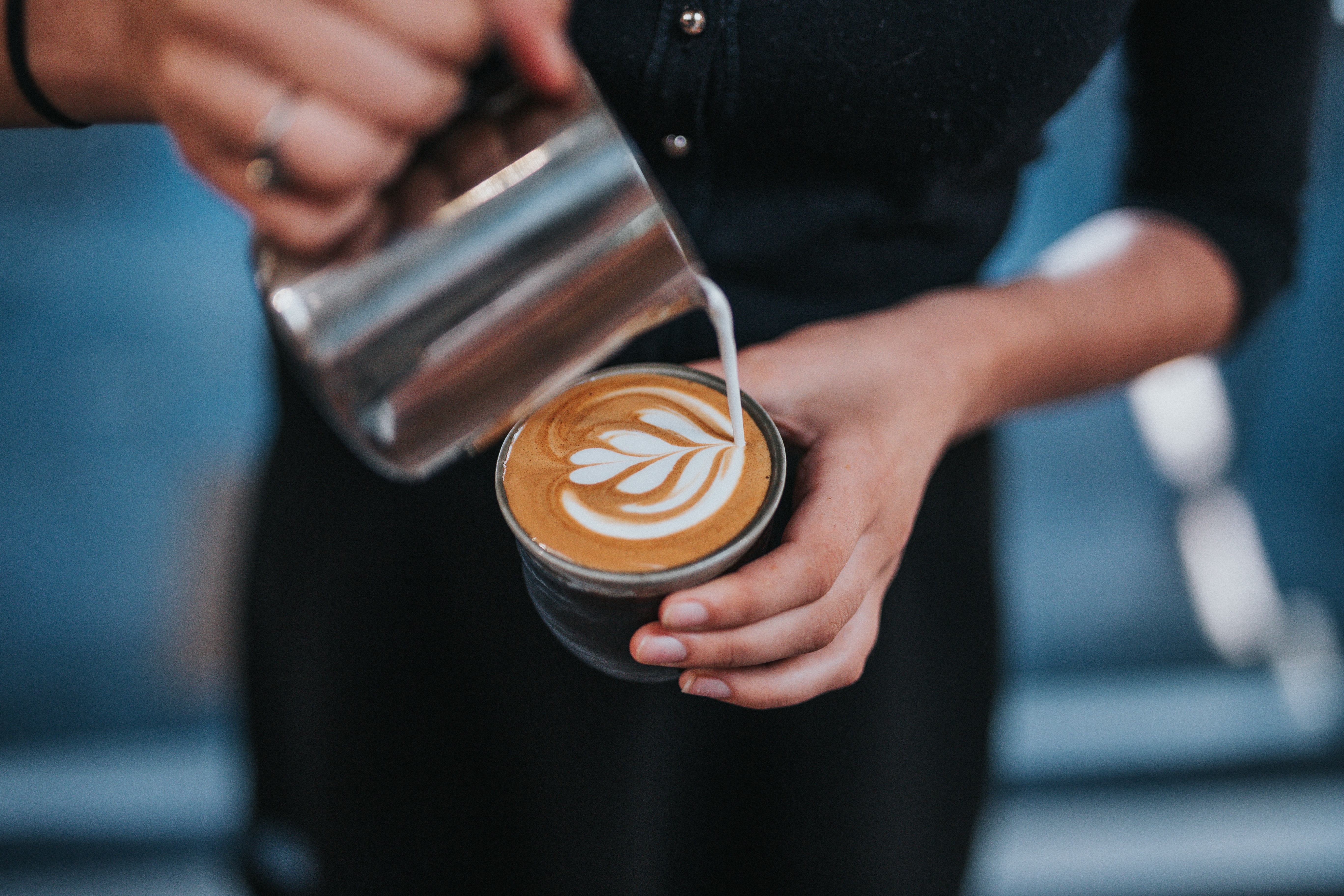
Photo by Tyler Nix on Unsplash
When enjoying a café latte in any coffee shop, we rarely find a plain, unadorned cup of café latte. This particular decoration that beautifies our coffee is called latte art. When the barista makes it into action at the coffee bar, almost all who watch it will be stunned. We'll be like, how easily these baristas demonstrate 'painting' coffee with milk made in such a way!
But did you know that latte art was born out of nowhere? Special skills and science are needed to deliver the latte art perfectly.
Birth of Latte Art
David Schomer is a man from the United States who was crazy about creating art on coffee in the mid-1980s. He is considered the expert and has even written a book about this. In a 1994 Coffee Talk article, Schomer said that he had been developing heart shapes into lattes since the fall of 1989. In that article, Schomer indirectly patented the 'heart shape' in latte art.
Latte Art is All About Science
Why? Because latte art wasn't born from just pouring milk into espresso. Latte art occurs with the help of heated milk with a steamer or frother and forms microfoam. The presence of this microfoam changes the characteristics of ordinary liquid milk. In scientific language, this process is called denaturation.
Milk consists of fat, sugar, and protein. When you evaporate the milk, the fat breaks down and breaks down the sugar in it and making the milk taste sweeter. Well, the milk that has produced microfoam is what the barista pours into the espresso and forms into various designs in latte art.
Are you interested in making latte art at home? Here are a few tips for you!
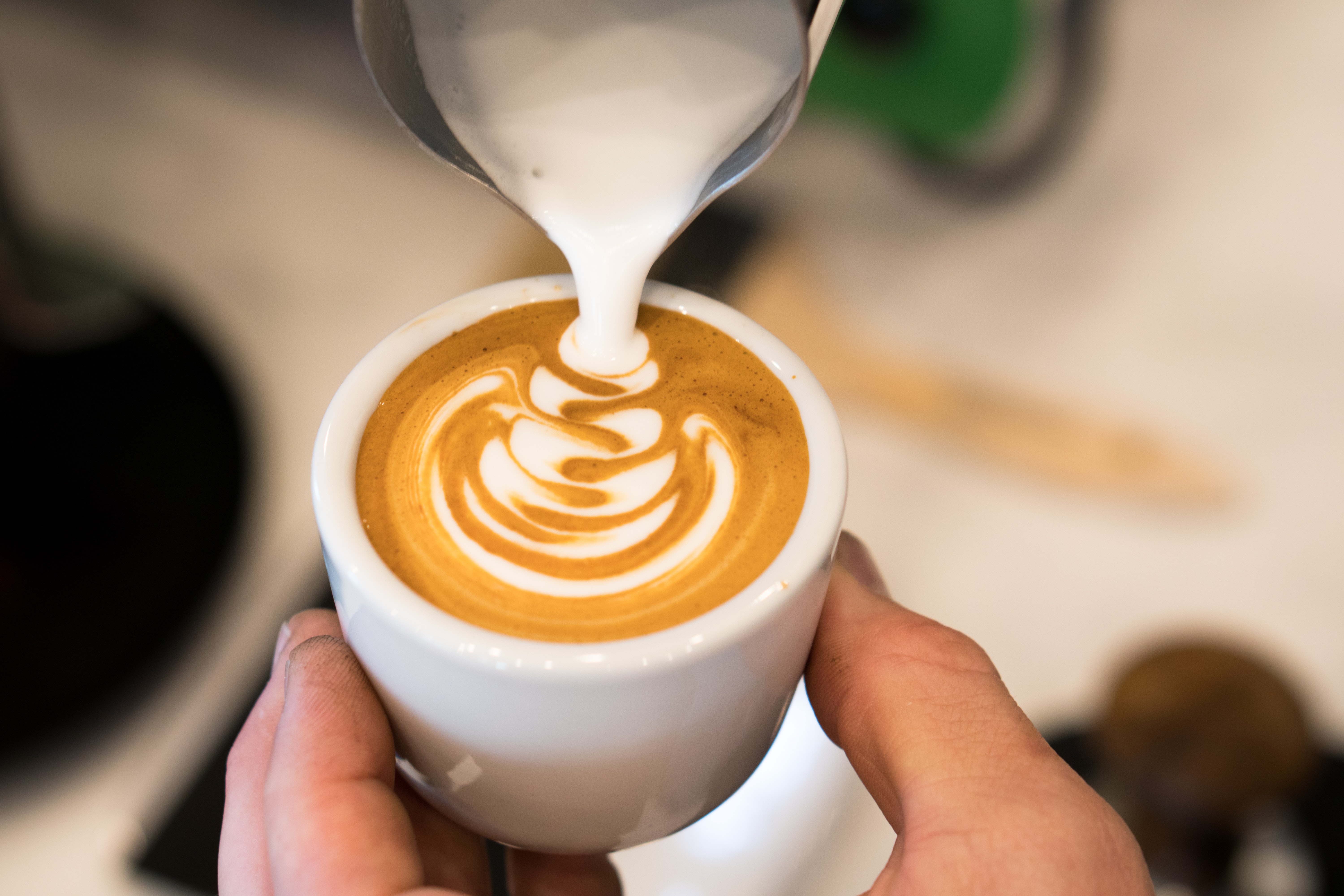
Photo by Tim Umphreys on Unsplash
If you still think that making latte art can only be done at a coffee shop with a powerful machine, don't be surprised by this fact. With the right home espresso tools, latte art lovers are free to explore the design of milk in a cup of espresso! There are many kinds of home espresso machines that you can use; even using an espresso machine without electricity can also help you practice latte art design at home.
Soft Milk Foam
The success of making latte art comes from suitable milk, choosing fresh dairy, and preparing milk froth. It takes a lot of work to produce proper milk froth to facilitate the process of creating a latte art form. You will form the latte art with no contrast if the milk foam is unsuitable. Here are tips for making milk foam suitable for creating latte art:
- Pay attention to the position of the steam wand; generally, to produce soft milk foam, the part of the steam wand enters from the milk jug funnel, not on edge or in the middle. The wrong position of the steam wand will cause an uncomfortable sound during the process, and the fault is that the end of the steam wand is too deep or too shallow from the surface of the milk.
- Small, dense froths are better for making latte art, while significant, light foams are perfect for serving cappuccinos. If the foam formed is large, the milk jug is generally shaken or stomped so the large foam becomes dense and soft.
- It is essential to pay attention to the temperature of the milk foam, and the temperature difference will undoubtedly be different for a moment when you pour it into espresso. Even though there are many references to the best temperature of foam to use, it's okay, but let us recommend a temperature range between 55 to 62 degrees Celsius.
Milk First Pour Technique
Some baristas make particular movements for the first pour of milk into espresso, hoping that the milk and espresso will mix perfectly. Perfectly formed canvas is very helpful when they process latte art. Generally, the barista makes the first pour with a height of about 5 centimeters from the center, some stir it, and some shake the milk jug when pouring it.
Bring the Espresso Surface Closer
The espresso surface becomes close to the milk jug funnel by tilting the cup, making it very easy when pouring milk to form latte art. Choose the most comfortable way to hold the cup during the pouring process, whether from the bottom, side, or with a handle. Usually, the distance of pouring milk onto the surface of the espresso is between 1cm and 0.5cm by tilting the cup so that it meets the milk jug funnel.
Record While Making Latte Art
Ask a friend to record when making latte art; this is useful for analyzing if there is an error while pouring milk—watching the video will make it easier to analyze mistakes and fix them to make the next latte art dish.
Set Goals And Exercise More
Come up with a question, why learn to make latte art, and answer it as motivational material to keep practicing. It takes work to create the perfect latte art; it requires repeated practice so that the shape of the latte art is consistent in every dish.
If you have experience making latte art, let's share it here!

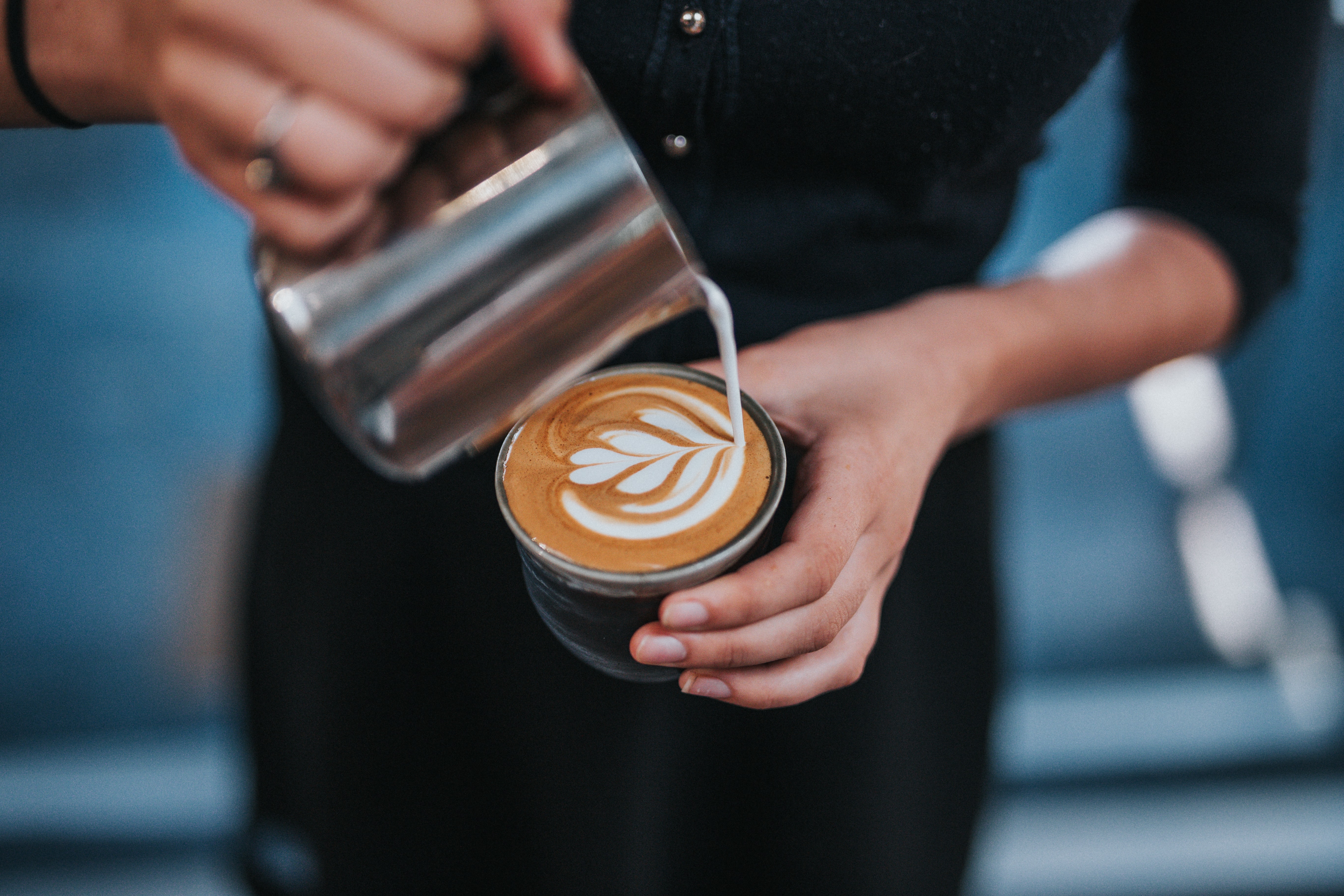


.png)

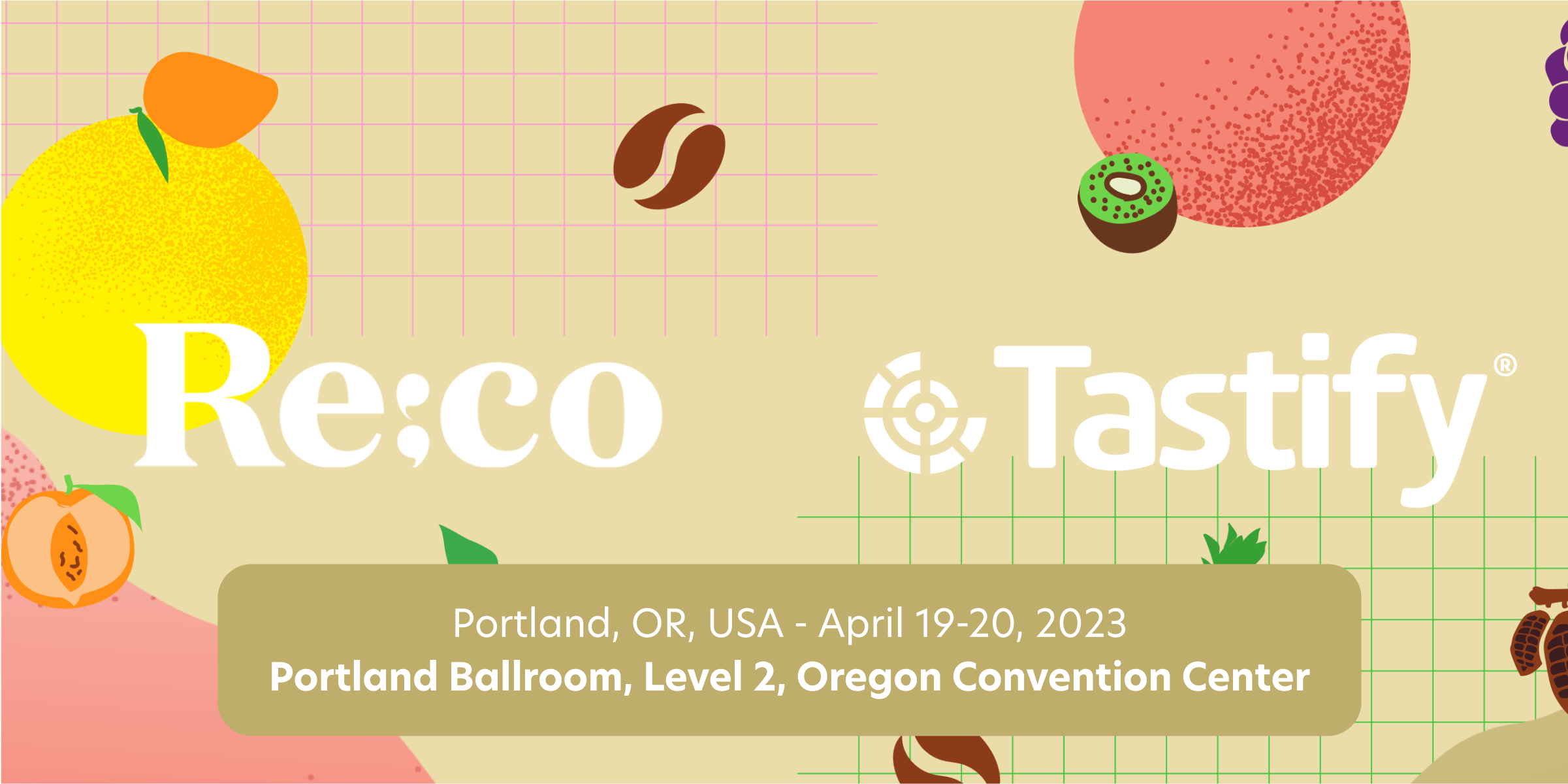
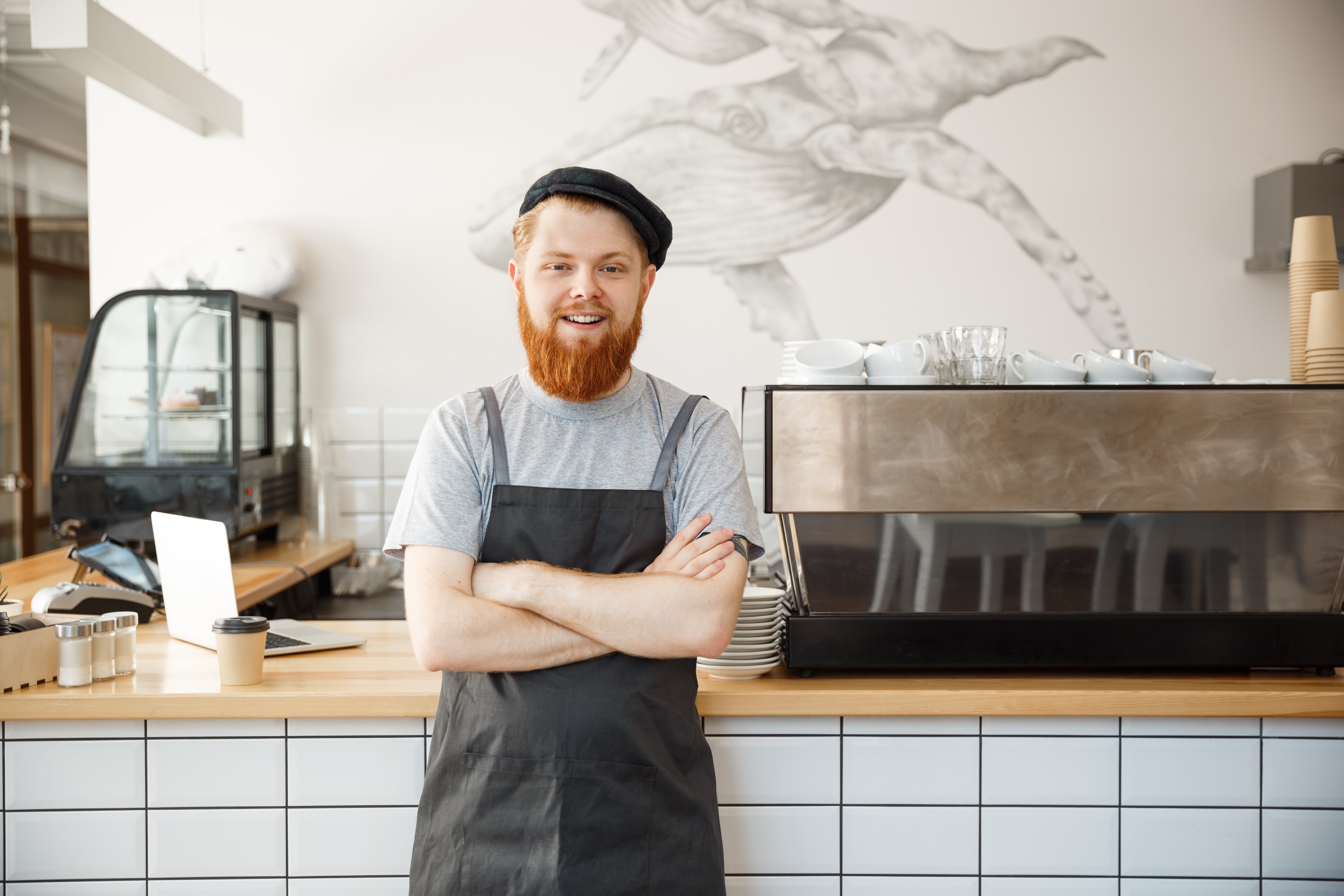
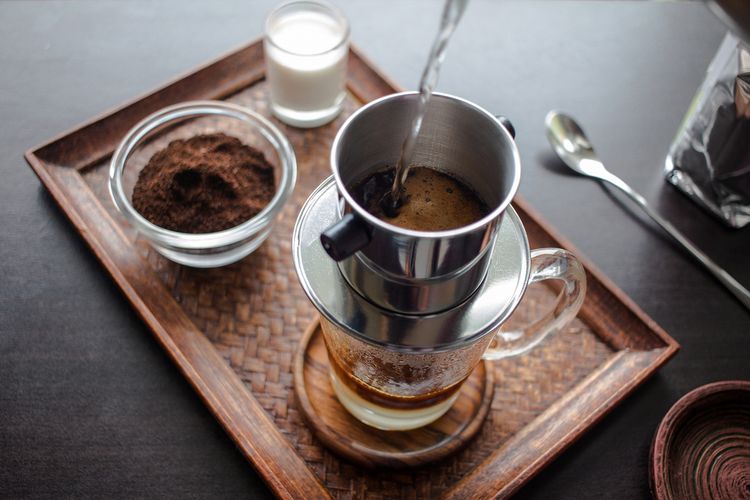

Comments